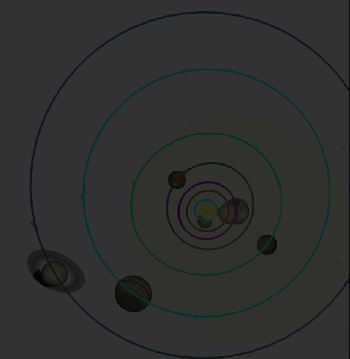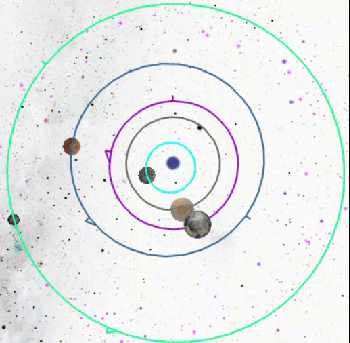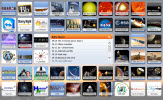August 2023
Click here for the month at a glance calendar.
Learn more about the Perseids click here to go to the Time and Date web site.

In other viewing news all four of the ringed giant outer planets, are above the horizon in the morning. Jupiter and Saturn are the brightest of the four and are easily visible with the unaided eyes. Uranus, near Jupiter, has an apparent magnitude below 6 meaning that it may be visible to the unaided eye. Neptune, further west Neptune is too dim to be visible without some sort of optical assistance.
What is this? "It's a prediction of when Lees Summit, MO, will have good weather for astronomical observing." Click on the graphic to go to the Clear Sky web site.

Mercury will be visible but low above the western horizon at sunset for about the first three weeks of this month. It will be a few degrees lower, west, from Mars.
Venus moves into inferior conjunction by the middle of the month and will not be easily seen until toward the end of the month when it reappears as a morning planet. Yes it moves that much faster than the apparent motion of the Sun (the real Earth motion!)
Mars is visible over the western horizon at sunset local time but may be a challenge to see due to its low apparent magnitude. Use the waxing crescent Moon on the evening of the 18th to find the nearby Mars.
Dwarf Planet Ceres remains to dim too be seen without some sort of optical assistance. However this Dwarf Planet is a few degrees from the blue-white star Spica in Virgo the Harvest Maiden.
Jupiter rises around midnight local time and is above the east to southern horizon at sunrise. If the morning skies are clear on the 8th look for the waning crescent Moon to be a couple of degrees from Jupiter.
Saturn is still in retrograde motion this month and coincidently will reach opposition on the 27th when it will rise at around sunset and set at around sunrise.
Uranus is located near Jupiter and may be bright enough in dark enough skies to be naked-eye visible. Uranus also starts its 22-month long retrograde motion at the end of the month.












